One of the books I looked at in my last post was John Ball’s translation of Pierre Gilles’ ‘De topographia Constantinopoleos’[i]. For the purposes of the post I was interested in the etched and engraved illustrations by John Tinney, but I also noticed this charming woodcut:
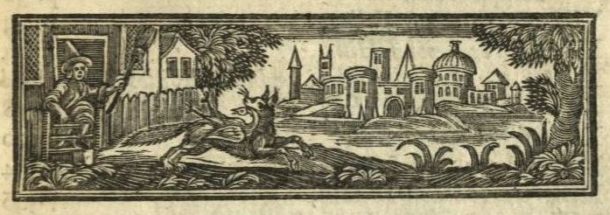
At first sight, you might think it an illustration of the text. I suppose the domed building could be a naïve depiction of a mosque in Constantinople, but the figure in the doorway is more suggestive of a 17th century English puritan. In fact, this is what we call a printers’ ornament: an image that is decorative rather than illustrative, and can be used with any text. They are often found at the beginning or end of chapters, where they are known as headpieces or tailpieces. Here are two pages from the same volume showing similar pictorial headpieces:
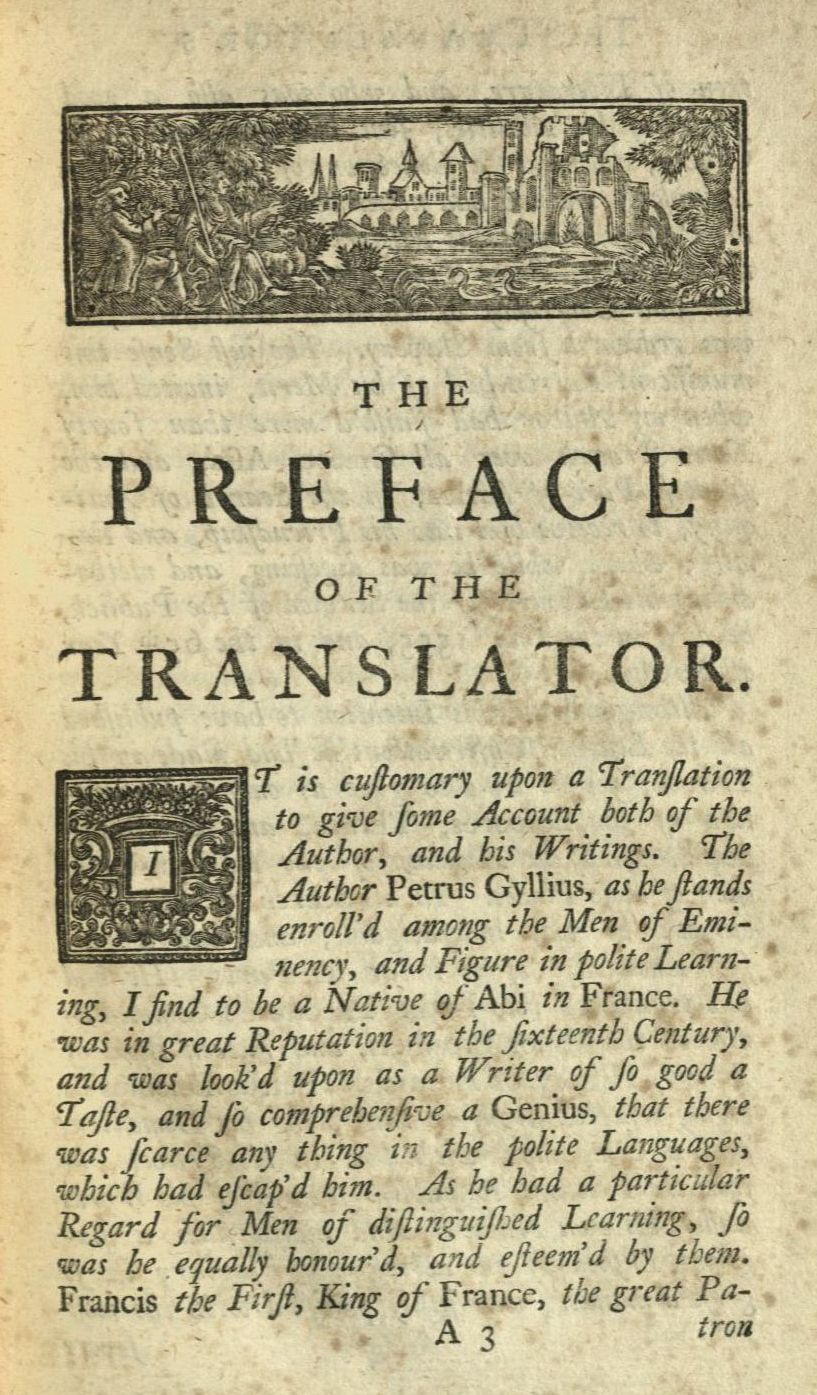
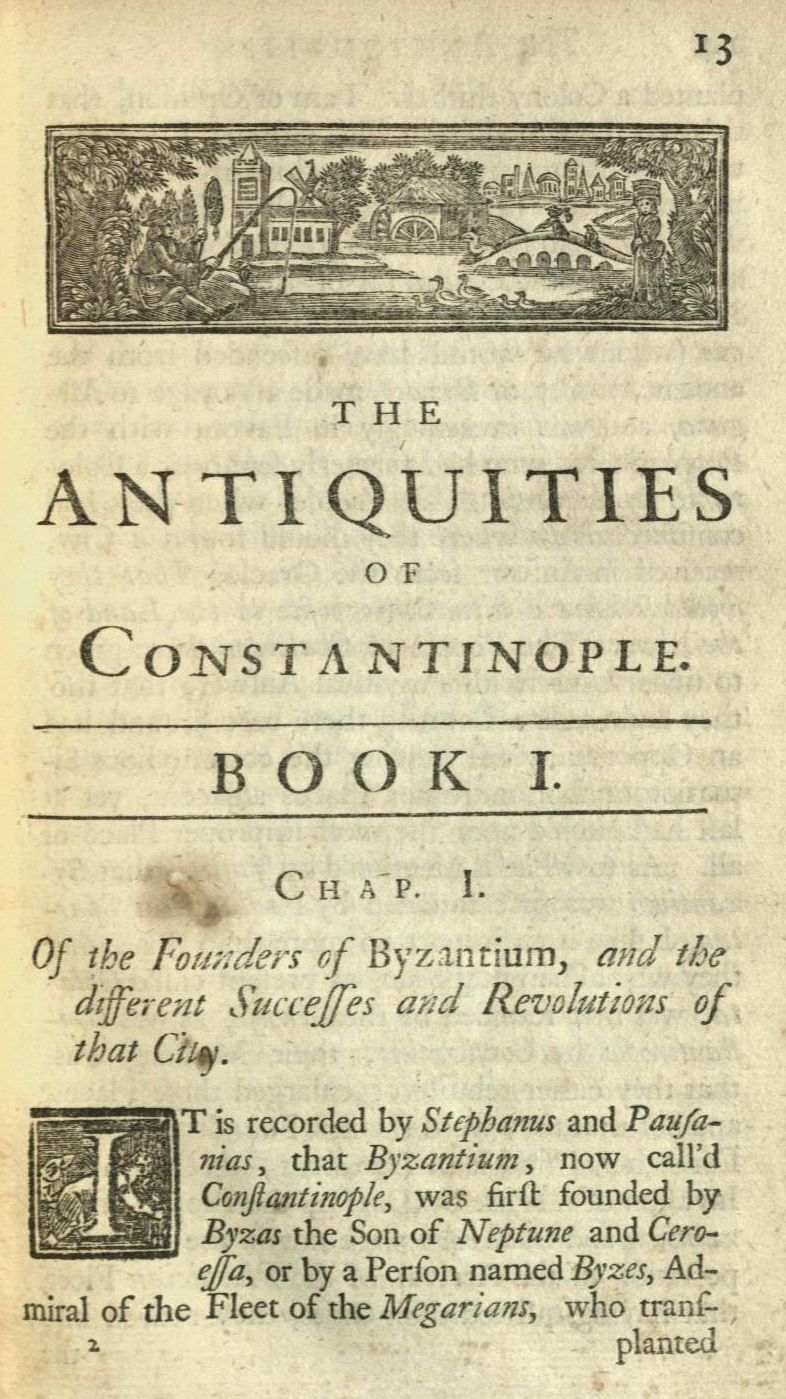
Usually they are more obviously ornamental like these:
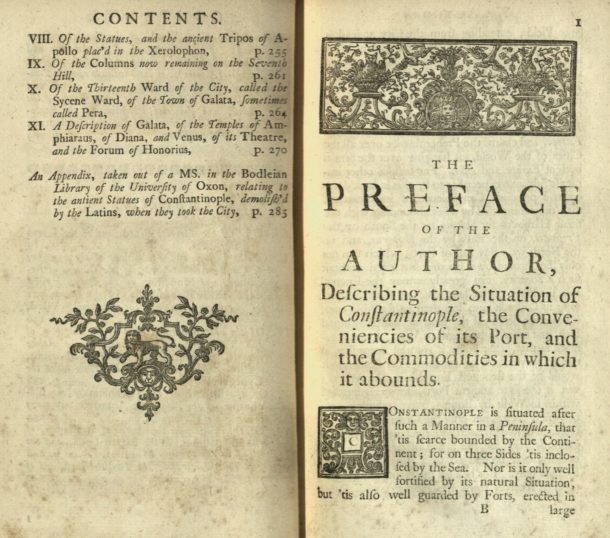
These pages also show different types of decorative initial. Two of these are examples of “factotum” initials: small ornaments with a space in the centre in which a regular letter can be printed. This is a simple way of providing decorative initials, without the need for cutting a whole alphabet.
Despite the enigmatic imprint (which merely states “printed for the benefit of the translator”), we know that this volume was printed by William Bowyer (1663-1737). The survival of Bowyer’s ledgers (now held by the Bodleian Library in Oxford and the Grolier Club in New York) have enabled scholars to identify a large number of books printed by him and his son (another William, who took over the family business). This has led to the Bowyers being one of the most extensively studied printing firms of the period.
One of the outcomes of this research has been an analysis of all the ornaments that Bowyer used. Keith Maslen has identified 319 separate designs (headpieces, tailpieces, initials and factotum initials) and shown how often they were each used. For example, the first illustration above was used in more than 30 different books between 1723 and 1739[ii].
In common with much decorative or ornamental work, the identity of the designers is unknown: the records give no names, and only three of Bowyer’s ornaments are signed (and then only with initials). So how do we describe, draw attention to and allow library users to discover interesting design elements? For both the cataloguer and the catalogue user, names are a useful hook, a shorthand for a style or a place in history. In the absence of names, we can drown in an ocean of anonymity.
The approach taken by the National Art Library has been to assign headings (to selected books) for publication type or design feature. To see how this works, select the “Genre or publication format keywords” search on our online catalogue. Index terms are combined with date and country of publication, so you can search for “Printers’ ornaments England 1729”. You will find there are limitations to this approach: being a keyword search, it can return a large number of “false positives” (this may change with a scheduled upgrade to our catalogue system in the next year); more importantly, most library catalogues are essentially textual, so the search only returns a list (and it could be a very long list) of books. You will still need to call up each book individually to see if it is relevant to your research.
An alternative approach is to publish collections of ornaments, usually from a single printer (as Maslen did for Bowyer). You can find some examples of these publications by selecting the “Subject keywords” search on the NAL catalogue and searching for “Printers’ ornaments”. A lot of this work is now freely available online, with a number of wide ranging databases being developed. Some examples are the Fleuron project at Cambridge; the Moriane database hosted by the Groupe d’étude du dix-huitième siècle at the Université de Liège; and Maguelone at the Institut de Recherches sur la Renaissance, l’Age Classique et les Lumières, Université Paul Valéry, Montpellier III.
Although these databases provide a useful resource for the design historian, the motivation for their development often comes from a very different area of study: literary censorship. In order to escape prosecution, controversial publications would often carry fictitious imprints, or have no publication details at all. Ornaments can then become a valuable tool to identify the printers of such works.
[i] Gilles, Pierre. The antiquities of Constantinople. With a description of its situation, … translated … by John Ball (London: printed for the benefit of the translator, 1729)
[ii] Maslen, K. I. D. The Bowyer ornament stock (Oxford: Oxford Bibliographical Society, 1973)
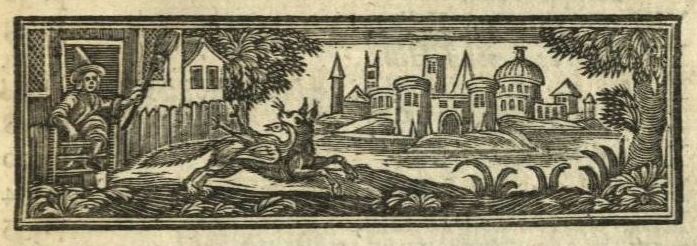
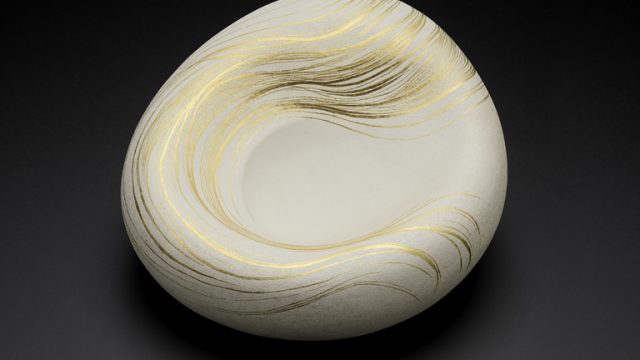
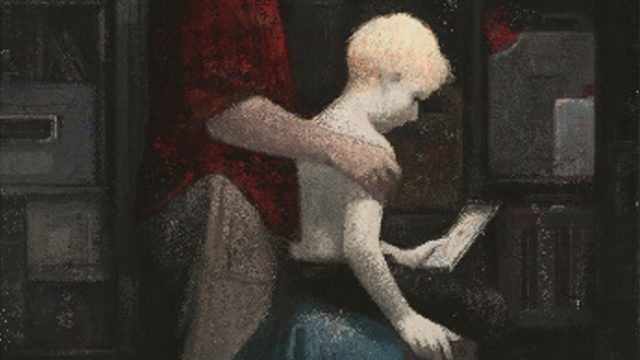
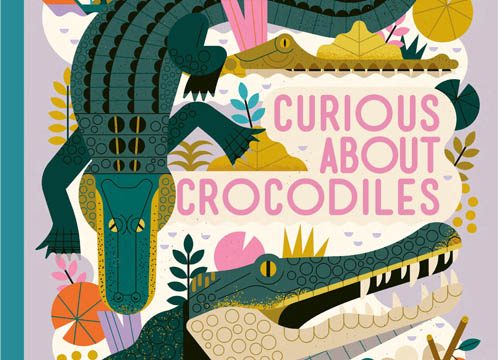
Nice idea! Am actually working at windows 10 Desktop only because of this tutorial.This online institute helps me a lot and with the help of this even am comes to know where to find my computer.Thank you very much to this kind of informative post.
This post is discussing in an outstanding way. I like your way yo discussed your valid points and facts about this.
Good post. I learn something totally new and challenging on blogs
Woodcut ornaments in particular show the wear and tear of repeated use, and can be used in dating and localizing publications, although in practice type may have been loaned or sold between printers. A change of ornament can also be used to identify a variant printing.